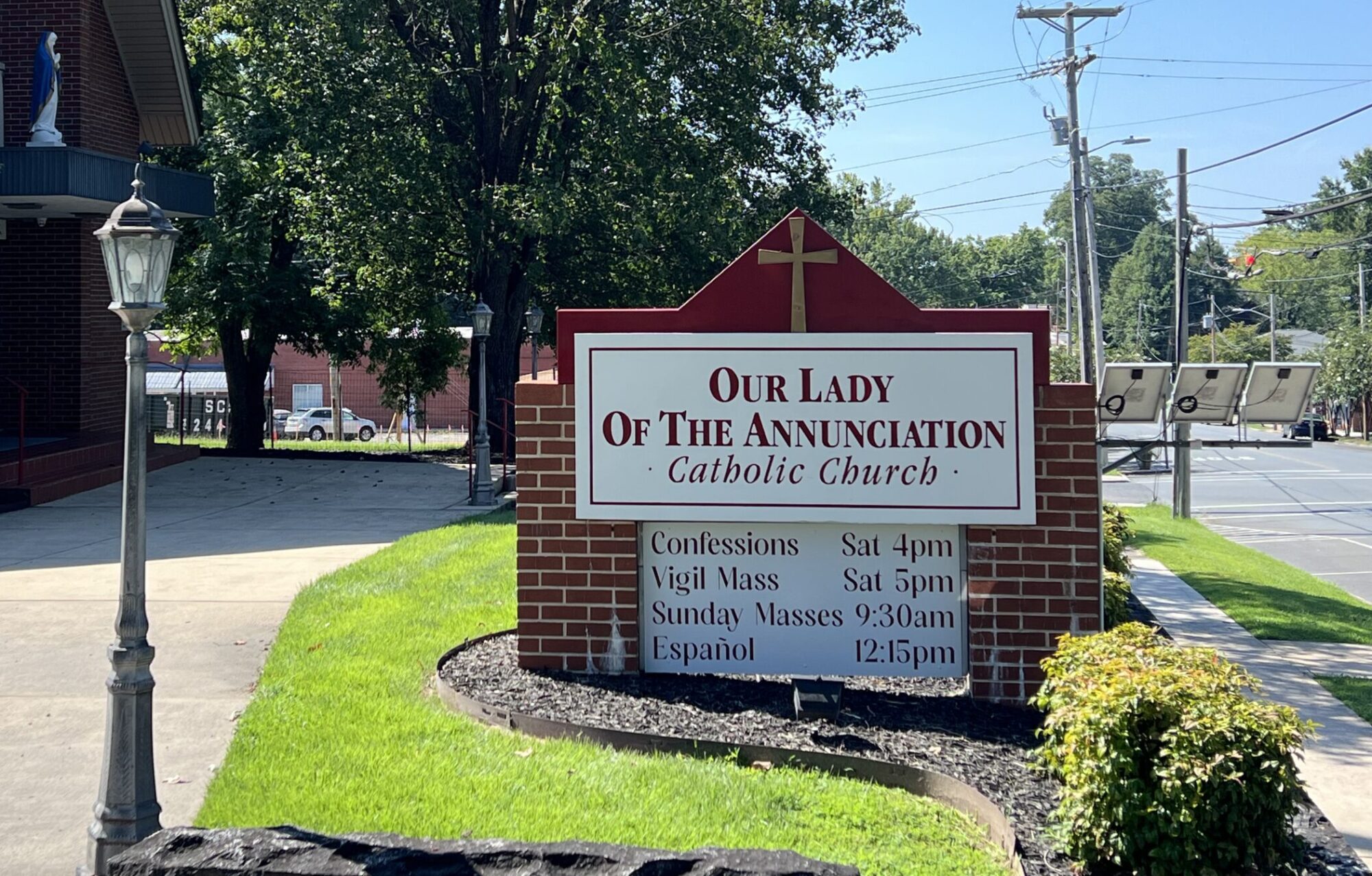Venerable Pierre Toussaint’s Story (June 27, 1766 – June 30, 1853)
Born in modern-day Haiti and brought to New York City as a slave, Pierre died a free man, a renowned hairdresser, and one of New York City’s most well-known Catholics.
Plantation owner Pierre Bérard made Toussaint a house slave and allowed his grandmother to teach her grandson how to read and write. In his early 20s, Pierre, his younger sister, his aunt, and two other house slaves accompanied their master’s son to New York City because of political unrest at home. Apprenticed to a local hairdresser, Pierre learned the trade quickly and eventually worked very successfully in the homes of rich women in New York City.
When his master died, Pierre was determined to support himself, his master’s widow, and the other house slaves. He was freed shortly before the widow’s death in 1807.
Four years later, he married Marie Rose Juliette, whose freedom he had purchased. They later adopted Euphémie, his orphaned niece. Both preceded Pierre in death. He attended daily Mass at St. Peter’s Church on Barclay Street, the same parish that Saint Elizabeth Ann Seton had attended.
Pierre donated to various charities, generously assisting blacks and whites in need. He and his wife opened their home to orphans and educated them. The couple also nursed abandoned people who were suffering from yellow fever. Urged to retire and enjoy the wealth he had accumulated, Pierre responded, “I have enough for myself, but if I stop working I have not enough for others.”
Pierre originally was buried outside St. Patrick’s Old Cathedral, where he was once refused entrance because of his race. His sanctity and the popular devotion to him caused his body to be moved to the present location of St. Patrick’s Cathedral on Fifth Avenue.
Pierre Toussaint was declared Venerable in 1996.
Reflection
Pierre was internally free long before he was legally free. Refusing to become bitter, he daily chose to cooperate with God’s grace, eventually becoming a compelling sign of God’s wildly generous love.
Venerable Pierre Toussaint is the Patron Saint of:
Barbers
Hair Stylists
